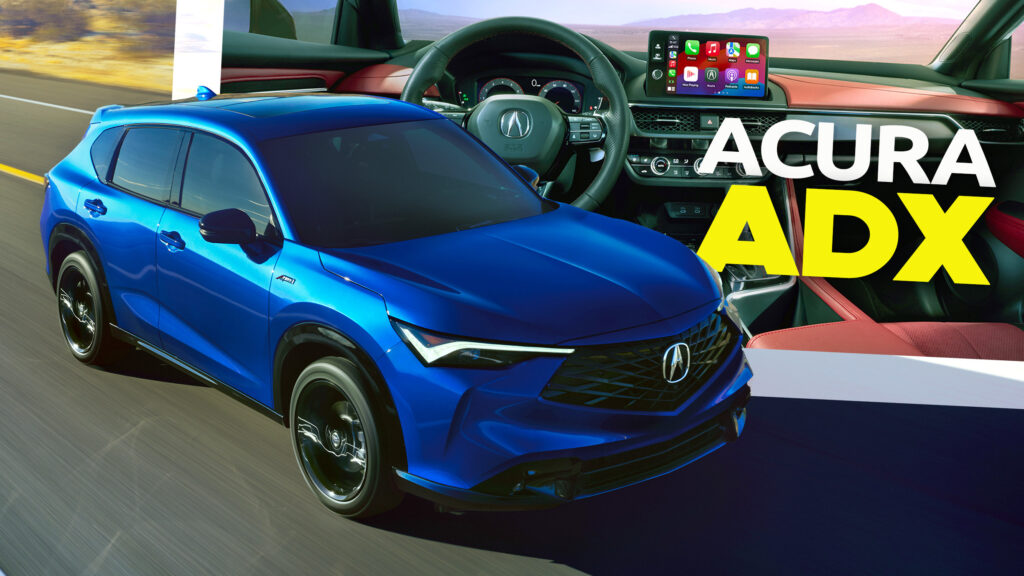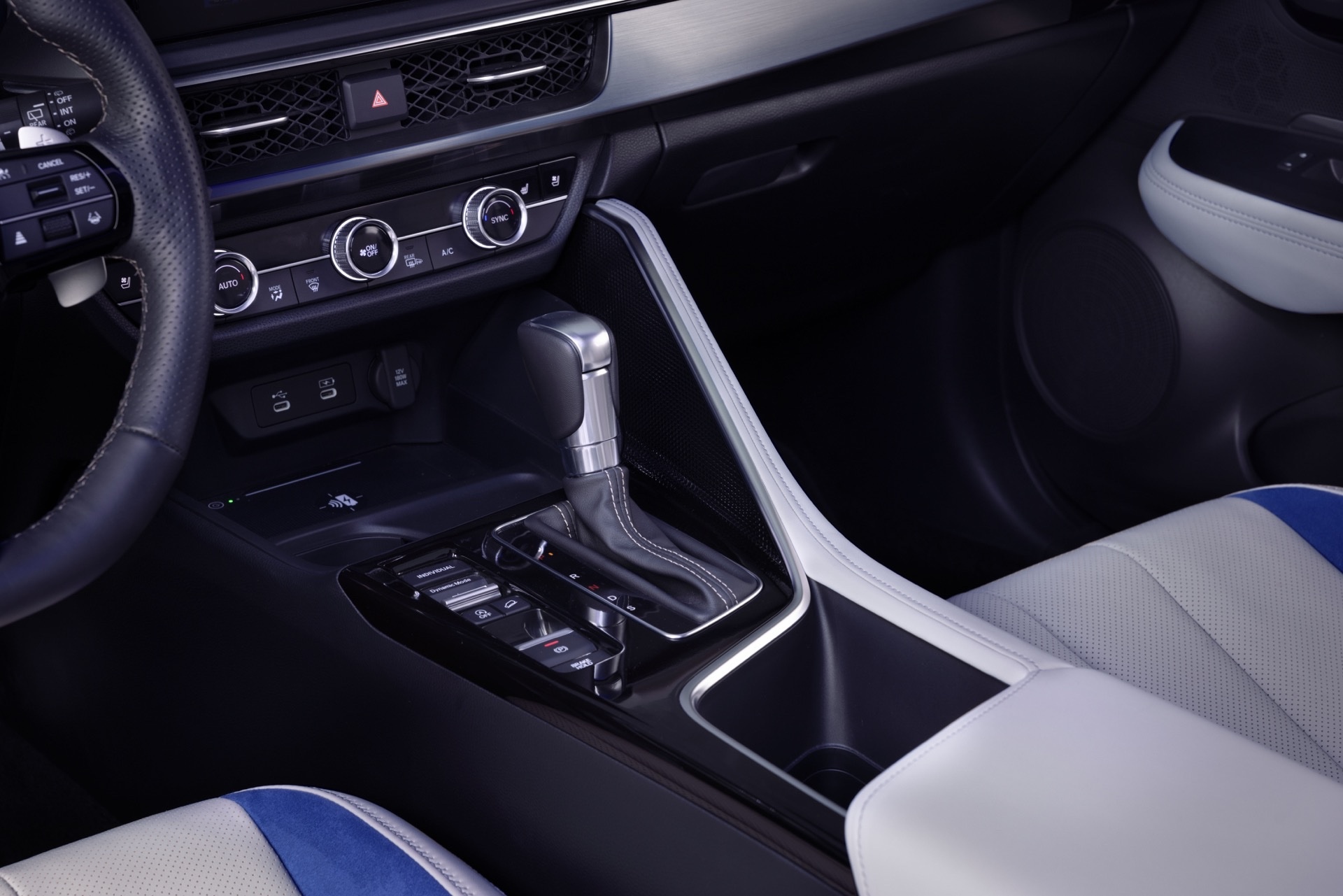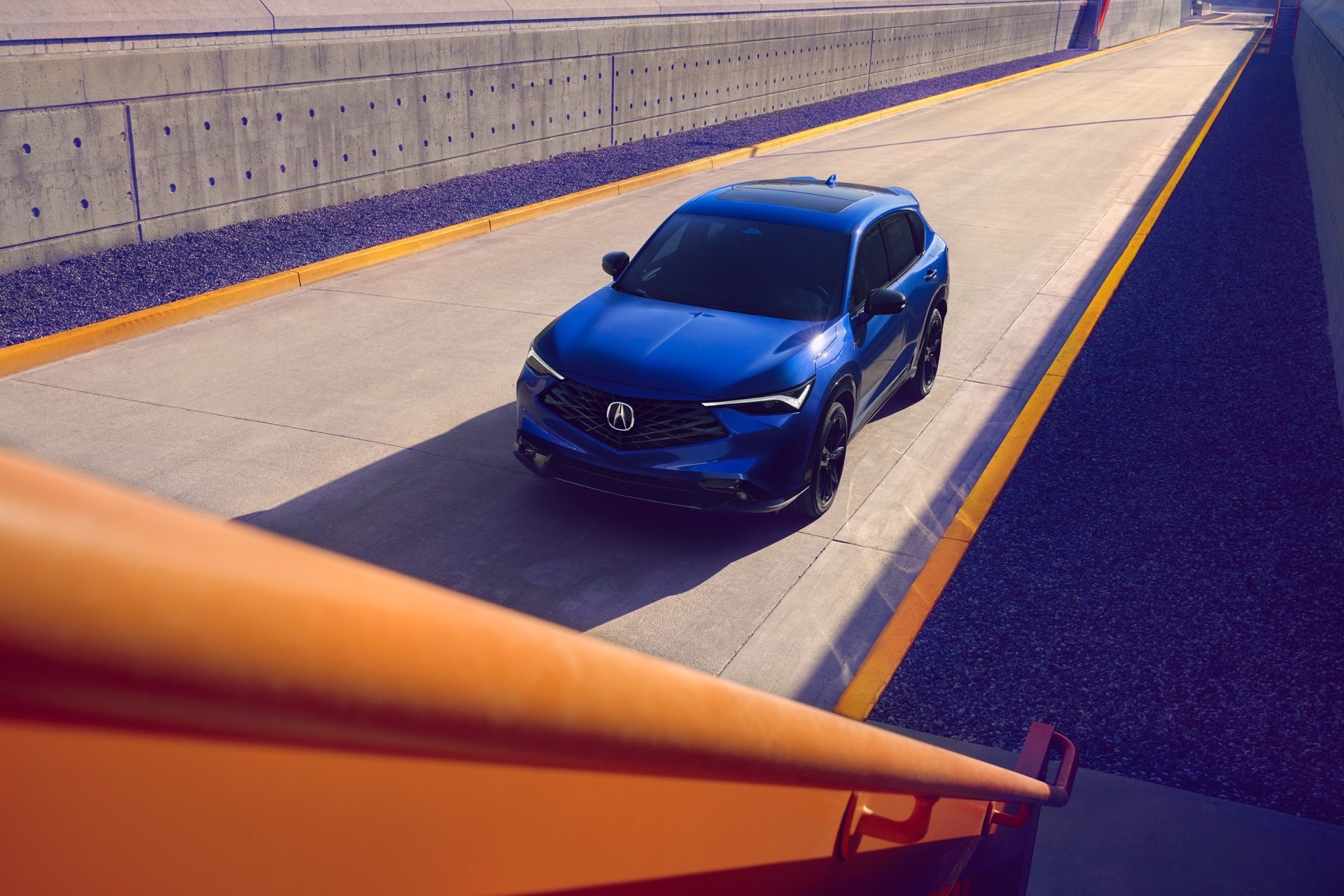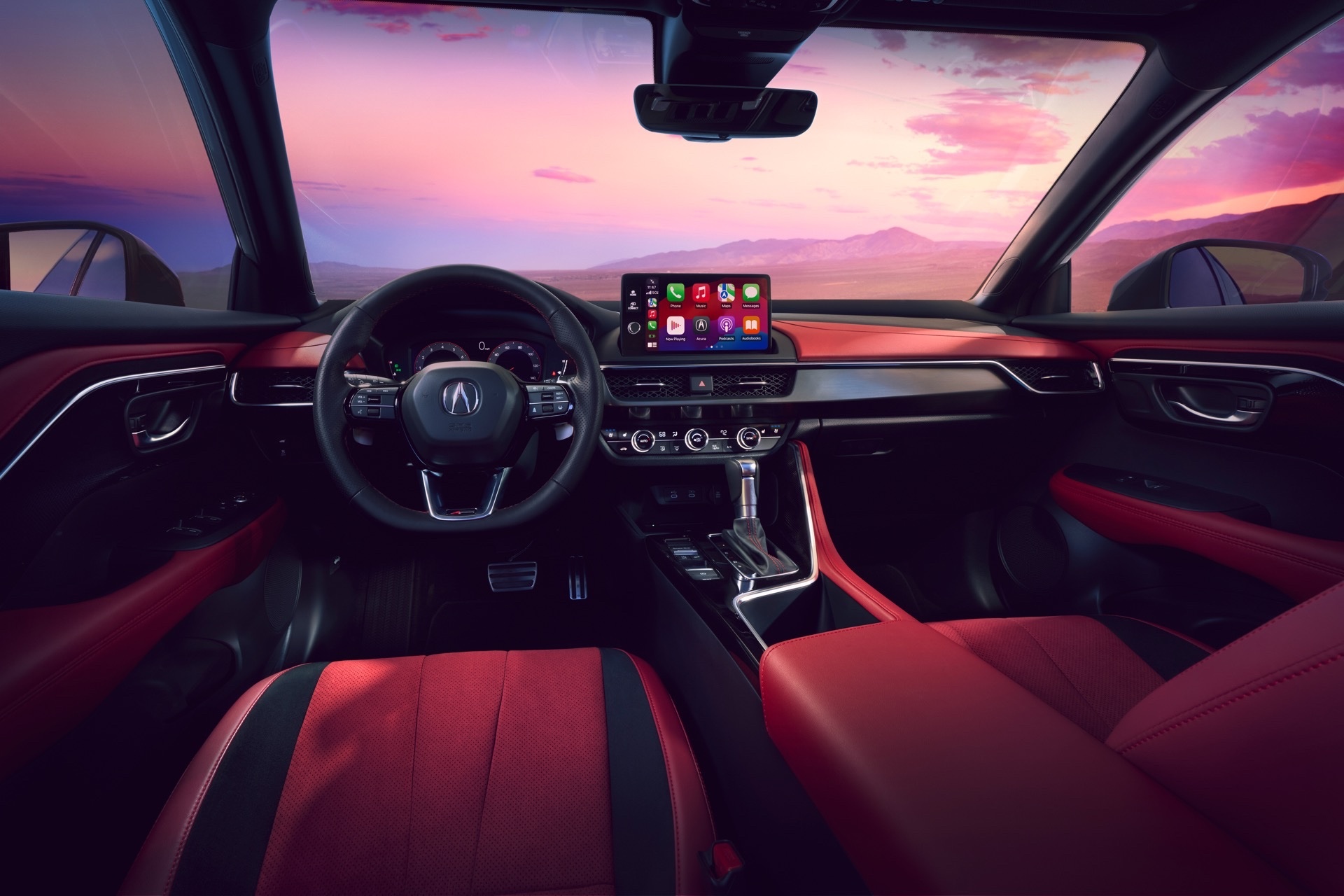- The 2026 Acura ADX is an all-new, lower-priced entry-level competitor in the sub-compact luxury crossover SUV space.
- It is built on the same platform as the Acura Integra and Honda HR-V and will share the Integra’s 1.5-liter engine, too.
- Pricing of the new SUV will start in the mid-$30,000 range, with cars arriving in dealerships early next year.
Acura is wading into the crowded entry-level crossover pool with the all-new ADX. Slotting in below the RDX and based around the Integra’s running gear as well as Honda’s own HR-V, this fresh contender comes armed with a mid-$30,000 price point, a 1.5-liter turbocharged engine, and three trim levels to lure buyers. But with the competition in this segment as fierce as a Black Friday sale at dawn, one has to wonder: does Acura’s fashionable late arrival have enough tricks to win over buyers?
From A to Z…ish
One of the taglines for the ADX’s launch centers around Acura, having an offering from A-Z. And while there is a ZDX in the lineup, unless you plan on ignoring a sizable chunk of the alphabet—or stretching creative license to the limit—it’s a slightly tenuous claim. Clever branding? Maybe. A full lineup? Not quite.
Read: Acura Sold Twice As Many ZDX EVs As TLX Sedans In September
That said, Acura hasn’t sought to introduce the sub-compact ADX with a gimmicky design, nor does it have anything out of the norm. The outer design is more shrunken MDX than a hipster-friendly, mold-breaking future piece. While it doesn’t exactly move the needle (you know they’re reaching when they boast about windshield wipers that hide under the hood line), it does provide a more accessible way into the Acura brand.
Dimensions
Let’s talk numbers because, in this game, size does matter—at least on paper. The ADX measures 185.8 inches (4,719 mm) in length, 72.5 inches (1,841 mm) in width, and 63.8 inches (1,621 mm) in height, with a 104.5-inch (2,654 mm) wheelbase, placing it squarely in the dimensions of its rivals. For comparison, the Lexus NX comes in at 183.5 inches (4,661 mm) long, 73.4 inches (1,864 mm) wide, and 66.1 inches (1,679 mm) tall, while the Cadillac XT4 measures 181.1 inches (4,598 mm) in length, 64.1 inches (1,628 mm) in height, and 76.7 inches (1,948 mm) in width.
If we turn to its family tree, the Honda HR-V—sharing its platform and identical 104.5-inch (2,654 mm) wheelbase—is a smaller sibling, stretching just 178.9 inches (4,545 mm) long, 72.4 inches (1,839 mm) wide, and 62.6 inches (1,590 mm) tall.
Meanwhile, the slightly larger Acura RDX stretches 187.4 inches (4,760 mm) long, 74.8 inches (1,899 mm) wide, and 65.7 inches (1,669 mm) tall with a longer 108.3-inch (2,751 mm) wheelbase. Meanwhile, Honda’s CR-V, which shares some of the same DNA, measures 184.8 inches (4,692 mm) long, 73.5 inches (1,867 mm) wide, and 66.2 inches (1,681 mm) tall, with a 106.3-inch (2,700 mm) wheelbase.
There’s an active grille shutter and underfloor cover for aero efficiency, too, while 18-inch rims are standard for the base ADX, with A-Spec models getting a bump up to 19-inch wheels.
Interior
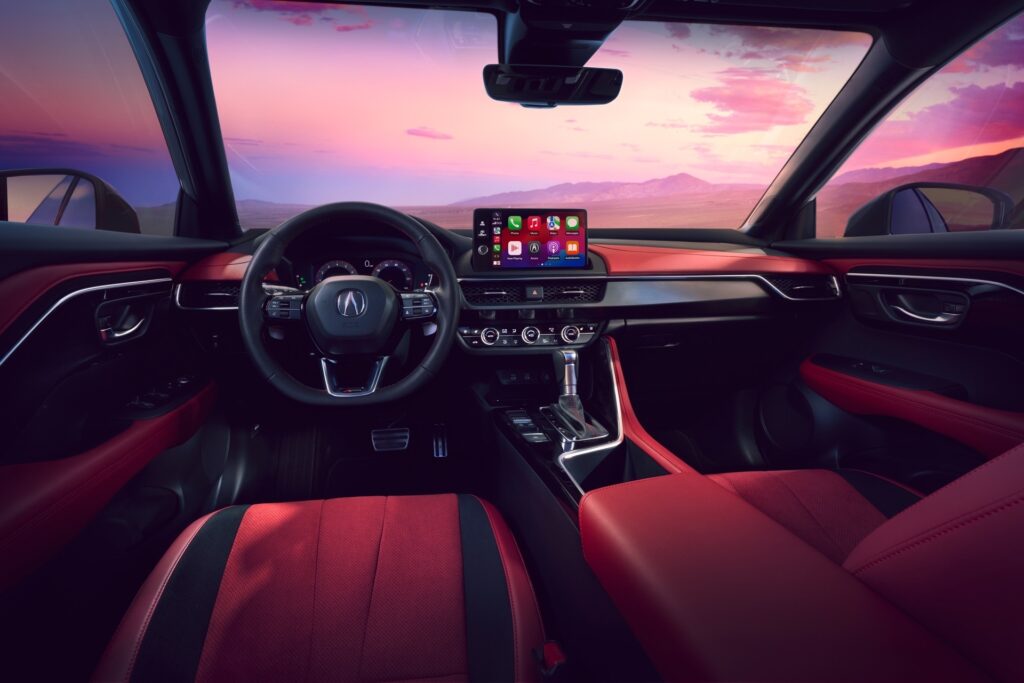
The interior of the ADX is where Acura wants you to focus on and for good reason. While it borrows liberally from the Honda HR-V’s parts bin (including the infotainment display, steering wheel, climate control dials, and even the gear shifter), Acura has sprinkled in plenty of Integra-inspired elements like the new air vents and upper dashboard design.
There are three trim levels, with the A-Spec getting that sliding panoramic moonroof, ventilated and 4-way power-adjustable front seats, rear-seat USB ports, and a flat-bottom steering wheel.
Upgrade to the A-Spec with the Advanced Package, and you get a Google and Alexa-built-in infotainment system and a Bang & Olufsen sound system with 15 speakers. You’ll also get more seat adjustments with 18-way power chairs, front and rear parking sensors, rain-sensing wipers, and a 360-degree camera system.
Most other things are standard across the range. That includes Wireless Apple CarPlay and Android Auto, wireless phone charging, Wi-Fi hotspot capability, a power tailgate, and ten airbags. The driver gets a 10.2-inch screen ahead of them, while infotainment is handled by a 9-inch screen in the center.
More: Acura Performance EV Concept Whets Our Appetite For 2025 Flagship Crossover Coupe
As expected, the ADX shares its underpinnings with the Integra and Honda HR-V, which is another way of saying that it rides on the bones of the 11th-generation Honda Civic. It borrows the Integra/Civic’s engine, too, being powered by a 1.5-liter four-cylinder. Although Acura hasn’t shared the exact power numbers, we can infer that we’re looking at around 200 hp (149 kW/ 203 PS) and 192 lb-ft (260 Nm) of torque from the ADX, which will be channeled through a CVT gearbox.
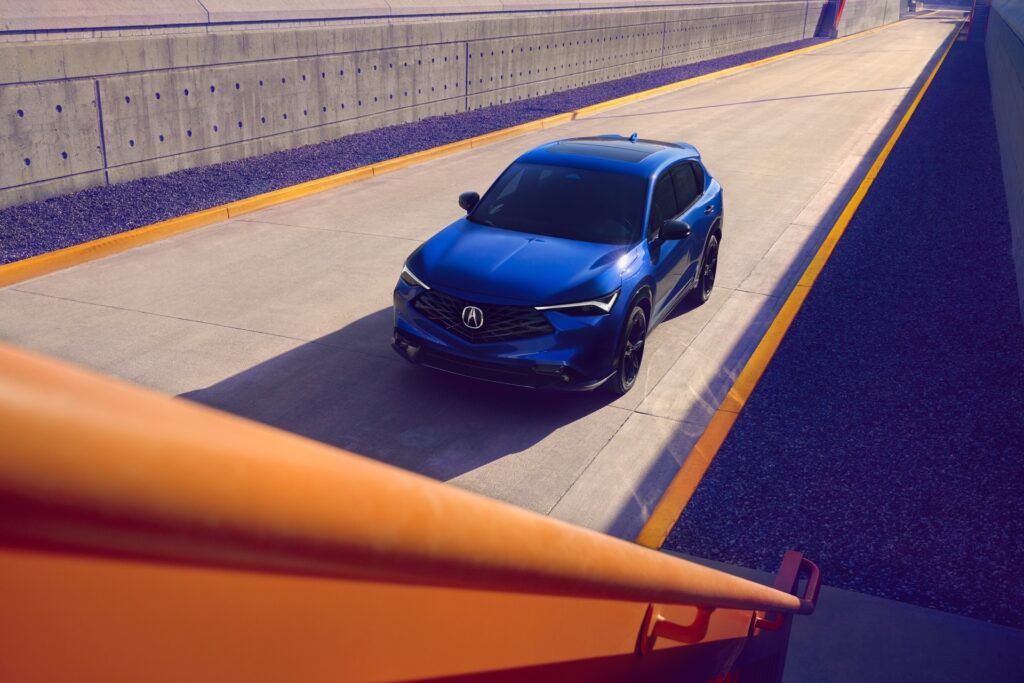
Front-wheel drive will be the default option on the ADX, but all-wheel drive will send up to 50 percent of the available power to the rear wheels and will be available as an option across the range. ADX drivers can also select from a range of different driving modes. This will adjust the throttle response, transmission mapping, steering feel, and gauge colors. Acura tells us that the “in-cabin sound” will be adjusted, too, so expect some piped engine noises in Sport mode.
Pricing And Availability
Acura has chosen to be suitably vague about the pricing structure of the ADX but reassures us that the MSRP will start around the mid-$30,000 range. Technically speaking, that puts in the crosshairs of the most popular compact SUVs in the market, including Honda’s own CR-V. At the same time, it remains more accessible than premium-badged sub-compact rivals like the BMW X1, which starts at a heftier $40,000. Production is slated to begin soon, with cars arriving at dealerships early next year, and, like most Acuras, the ADX will be built in North America.




